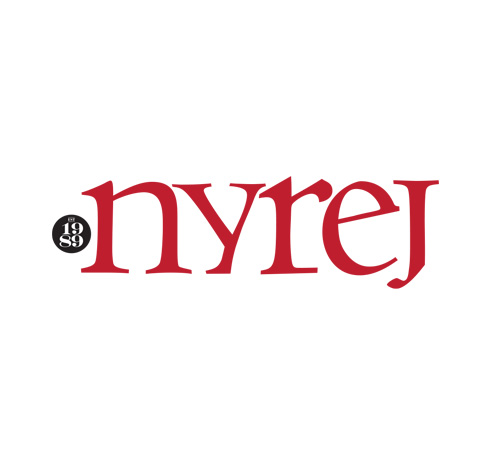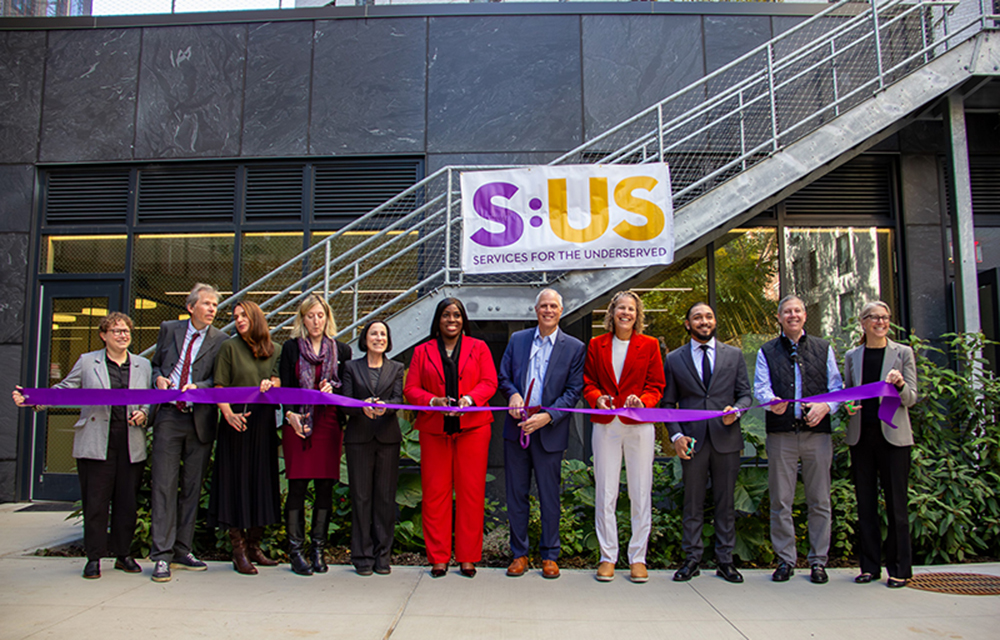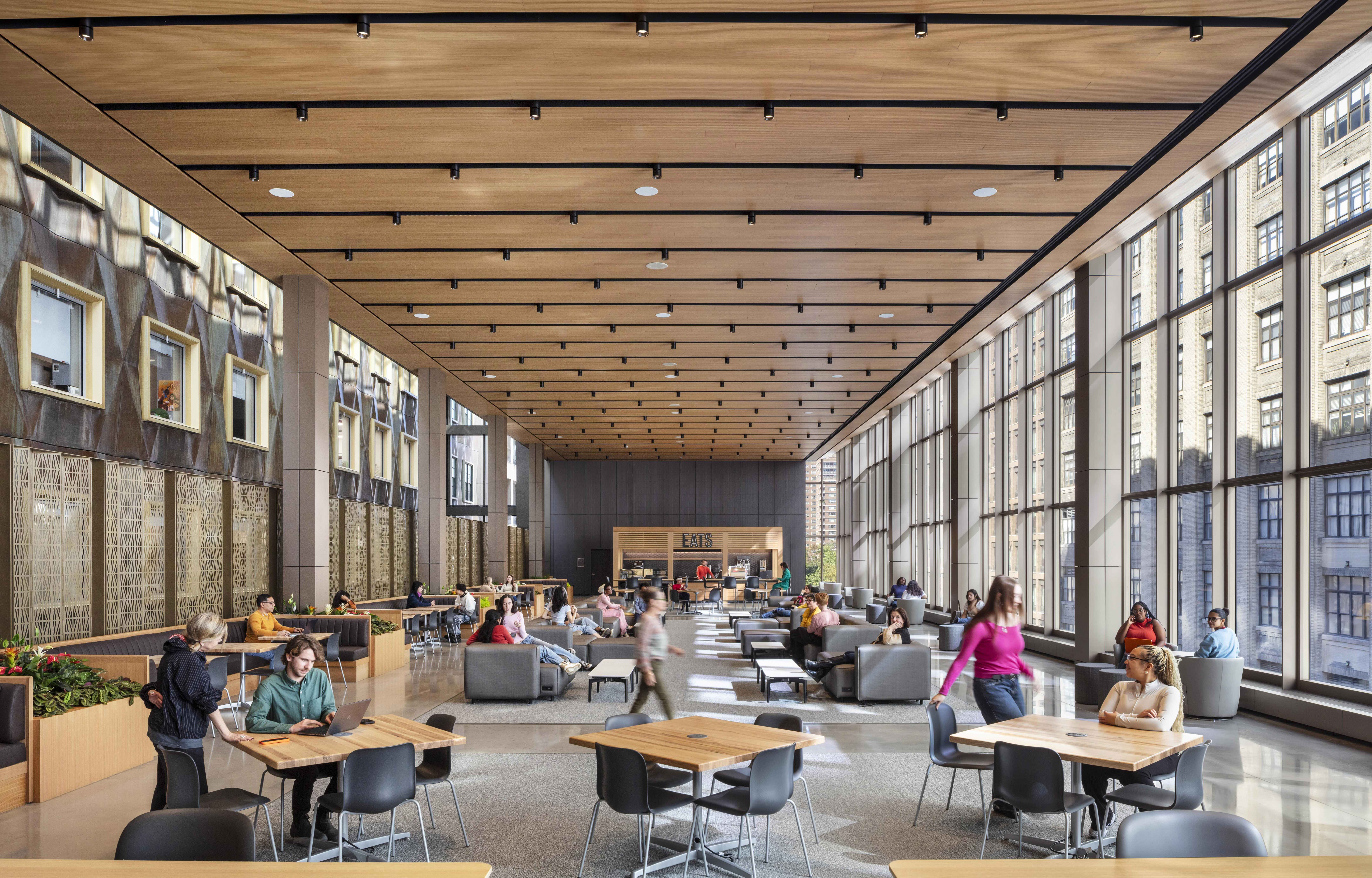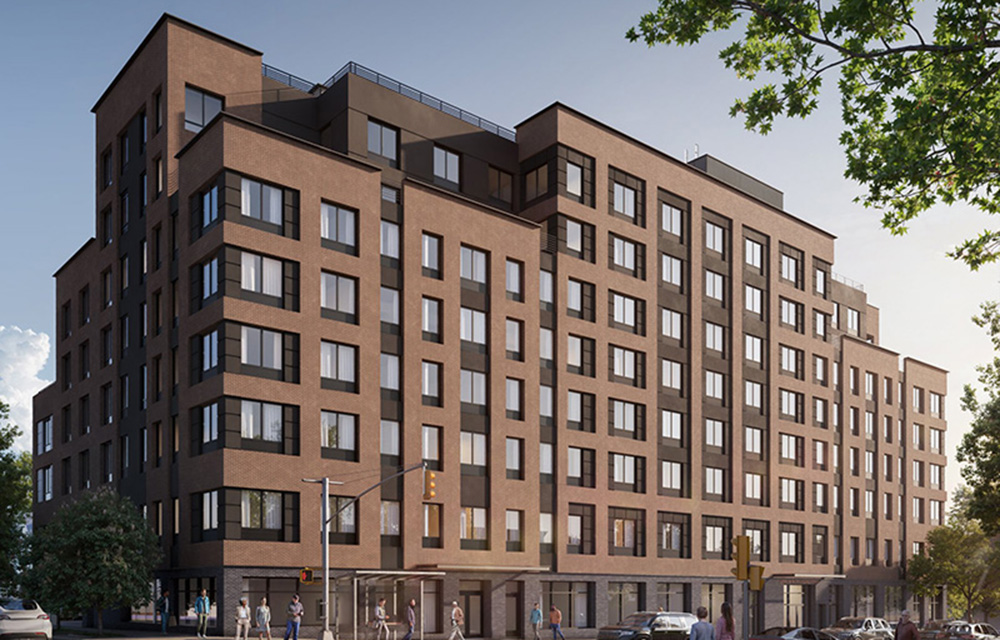BOMA, WELL and Fitwel: The when, how and future, part 2 of 2 - by Maia Gilman

In my previous article in this series, I introduced the concepts of the WELL and Fitwel building standards, through ideas shared by Sustainable Investment Group (SIG)’s Asa Posner, Advantage Sport & Fitness’ business development manager for the Northeast, Kim Hamilton, Advantage Sport & Fitness’ VP of sales for NY and Fitwel ambassador, Larry Zinger, and WELL-certified designer/vendor for building product manufacturer CertainTEED, Brooke Altidor. This article picks up where I left off, and delves into the specifics of when and how to apply the building standards for larger benefit.
When might one want to engage the WELL and Fitwel certifications?
Altidor offers: “In order to continue to attract younger sought after employees and businesses, owners and developers can get a jump on these standards by incorporating certain building standards and policies that will attract customer fit outs that can easily turn into WELL or Fitwel projects down the line. Building owners should be able to increase rents and ask for longer leases because their spaces offer more value. They will remain current and sought after as the industry continues to become more and more wellness focused. These wellness design concepts put building owners in a unique marketing position.”
She adds that prospective users can “start now – look around you and start noticing how your space makes you feel. By just creating interesting public spaces and shared spaces like lobbies and atriums that invite people to linger and use the space more frequently by offering art, greenery and water features, you will begin to gain property value and interest.”
How does one engage with the WELL and Fitwel processes?
I asked Posner how one begins to engage with the process. He suggests to “first, do some preliminary research on the two rating systems – WELL vs. Fitwel. Determine if one or both meet the goals for your project. If there’s interest in delving deeper and determining the actual feasibility of achieving WELL or Fitwel certification for a particular development or building project, the next step should be to engage a firm with direct WELL and/or Fitwel consulting experience (such as SIG) to lay out a complimentary feasibility and certification plan.”
Looking forward to the future of WELL and Fitwel
What is the future of the WELL and Fitwel certifications?
Posner answers, “I think we’re already seeing significant traction and market adoption of these programs that support health, wellness, and well-being within our buildings and spaces. As a green building consultant, I’ve seen a number of real estate companies and developers start to look at WELL or Fitwel in addition to LEED in order to create and maintain not only environmentally friendly buildings, but buildings that want to attract and support happier, healthier, more satisfied and productive occupants and employees. In addition to further adoption within the commercial real estate realm, I’d love to see wellness grab hold in the residential sector next – especially in low-income and affordable housing developments where there can be such extensive, important, potentially generational positive health impacts on the lives of continually underserved and under-represented communities.”
As far as future users go, Hamilton and Zinger would like to see “more collaborative meeting sessions between building owners to get their insights on how they see the benefits of having a Fitwel certified building and what it means to the employees or tenants that work or live in these buildings.”
Altidor suggests she’d “like to see more resiliency-minded features brought into these and other standards like LEED. As climate change continues to bring more frequent extreme weather events, we are seeing increasingly more destruction and displacement of neighborhoods and businesses. I believe that this damage can be minimized to some degree when businesses have resiliency plans in place. Strategic plans for how to protect your building and business as well as support your employees when there is a weather event will become more and more important…Resiliency strategies are part of a better built environment, occupant wellness and a more sustainable world.”
I asked Posner to what degree are the World Health Organization, the UN, the World Bank and the IMF involved and supporting WELL, and if he thinks those bonds can be fostered. In reply, he offered “it’s hard to codify how each of these organizations directly supports third-party certification programs like WELL, although many of the concepts within WELL (air, water, nourishment, light, fitness, comfort, and mind) are all centered around and attempt to address issues that the WHO (and other NGOs) identified – such as air pollution, obesity and nutrition as they relate to the prevention of chronic diseases, physical activity, depression and other mental health issues, and hydration/access to clean water).
It’s a set of relationships it may be beneficial to foster, in New York real estate and beyond. By considering certifications like WELL and Fitwel, we offer a path to developers and investors to bring wellness into development.
Maia Kumari Gilman, AIA, LEED-AP BD+C, is a registered architect practicing in New York, N.Y.
Troutbrook expands with boutique condo project and Marriott Fairfield Inn & Suites renovation








.gif)
.jpg)

.gif)